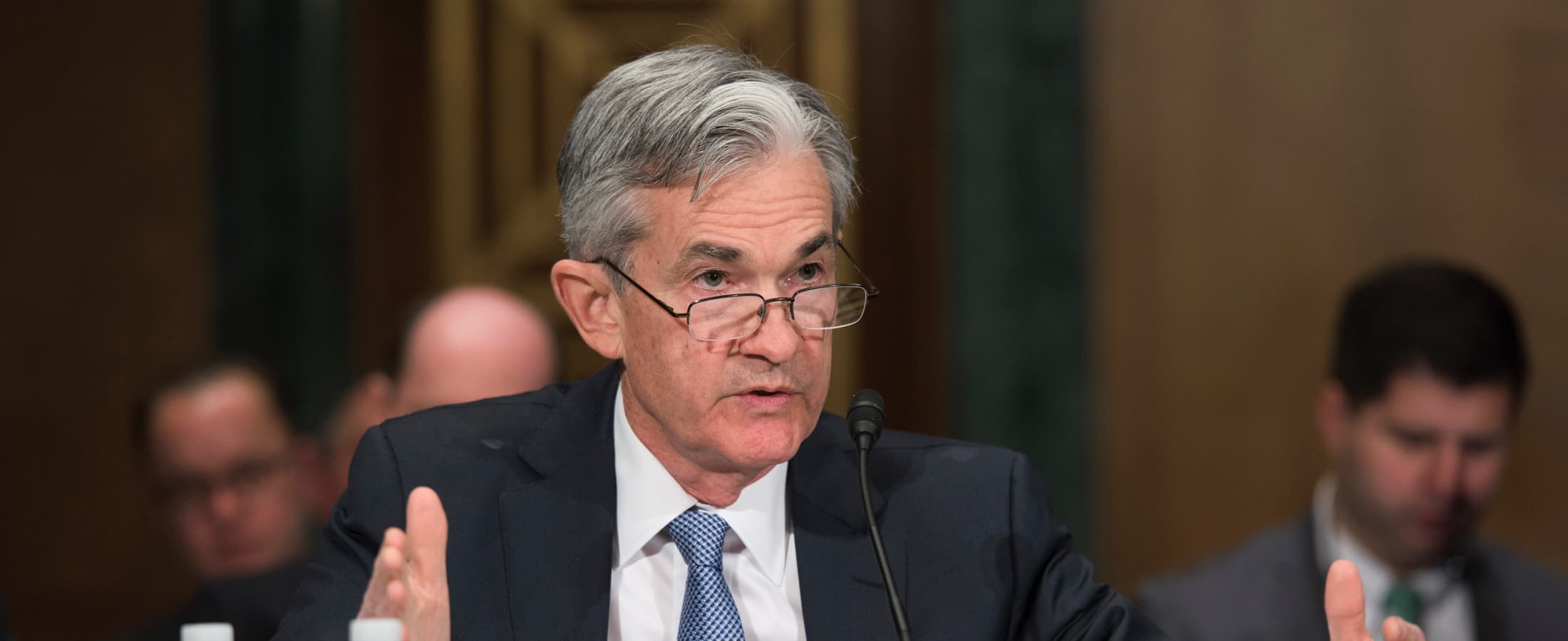Jun 13, 2018
Borrowing Money is About to Get More Expensive. Here’s Why
Learn how each new interest rate hike affects costs of credit cards, auto loans and more.

Get ready for borrowing costs to go up.
That’s right. On Tuesday, the Federal Reserve said it would increase interest rates by a quarter of a percentage point to between 1.75% and 2.00%
The Fed just raised interest rates in March. In fact, this is the fifth time since 2017 that the nation’s central bank has increased something called the federal funds rate. And two more rate hikes this year are likely, according to reports.
What does this mean for you?
A higher federal funds rate could make it more expensive for consumers to borrow money for mortgages, on credits cards, and for automobile or student loans, among other things.
And if you’re carrying a credit card balance, the increase in interest rates could be of particular concern. That’s because credit cards have something called a variable rate. Variable rates change to reflect increases and decreases in benchmark interest rates.
Why is the Fed doing this?
Unemployment is at a record low, of 3.8%. As the U.S. returns to nearly full employment, wages have gone up, as workers demand more money for their jobs. That’s also caused inflation to rise. (Find out more about inflation here.)
“The economy is doing very well. Most people who want to find jobs are finding them,” Jerome H. Powell, the chairman of the Fed, said during a news conference, according to the New York Times.
By increasing interest rates, the Fed hopes to combat inflation, by making it more expensive for businesses and consumers to borrow. Higher rates can cool down the economy and put the brakes on inflation.
Background
The benchmark interest rate is now back to where it was in 2008, prior to the financial crisis. In June of 2017, the Fed raised its rate to between 1.00% and 1.25%
The Fed dropped rates to near 0% during the Great Recession, to stimulate the economy.
Key terms:
Interest rate: A rate charged by a bank for borrowing money.
Federal funds rate: a short-term rate, set by the Federal Reserve. It’s the rate charged for one bank to borrow money from another. The federal funds rate forms the basis of other interest rates, such as credit cards and mortgages. It is also referred to as the discount rate.
The Federal Reserve: The nation’s central bank oversees monetary policy and attempts to make sure the economy is running smoothly. Find out more about the Fed here.
Related articles

borrowing
Oct 14, 2024
How To Use Personal Loans

borrowing
Oct 07, 2024
How To Use Cash Advances

borrowing
Oct 07, 2024
What To Know Before Taking a Cash Advance

borrowing
Oct 07, 2024
How To Pay Off a Cash Advance Quickly

borrowing
Oct 07, 2024
How to Avoid Cash Advance Fees

borrowing
Oct 07, 2024
Cash Advances vs. Personal Loans: Which is Better?
By using this website you agree to our Terms of Use and Privacy Policy. To begin investing on Stash, you must be approved from an account verification perspective and open a brokerage account.
